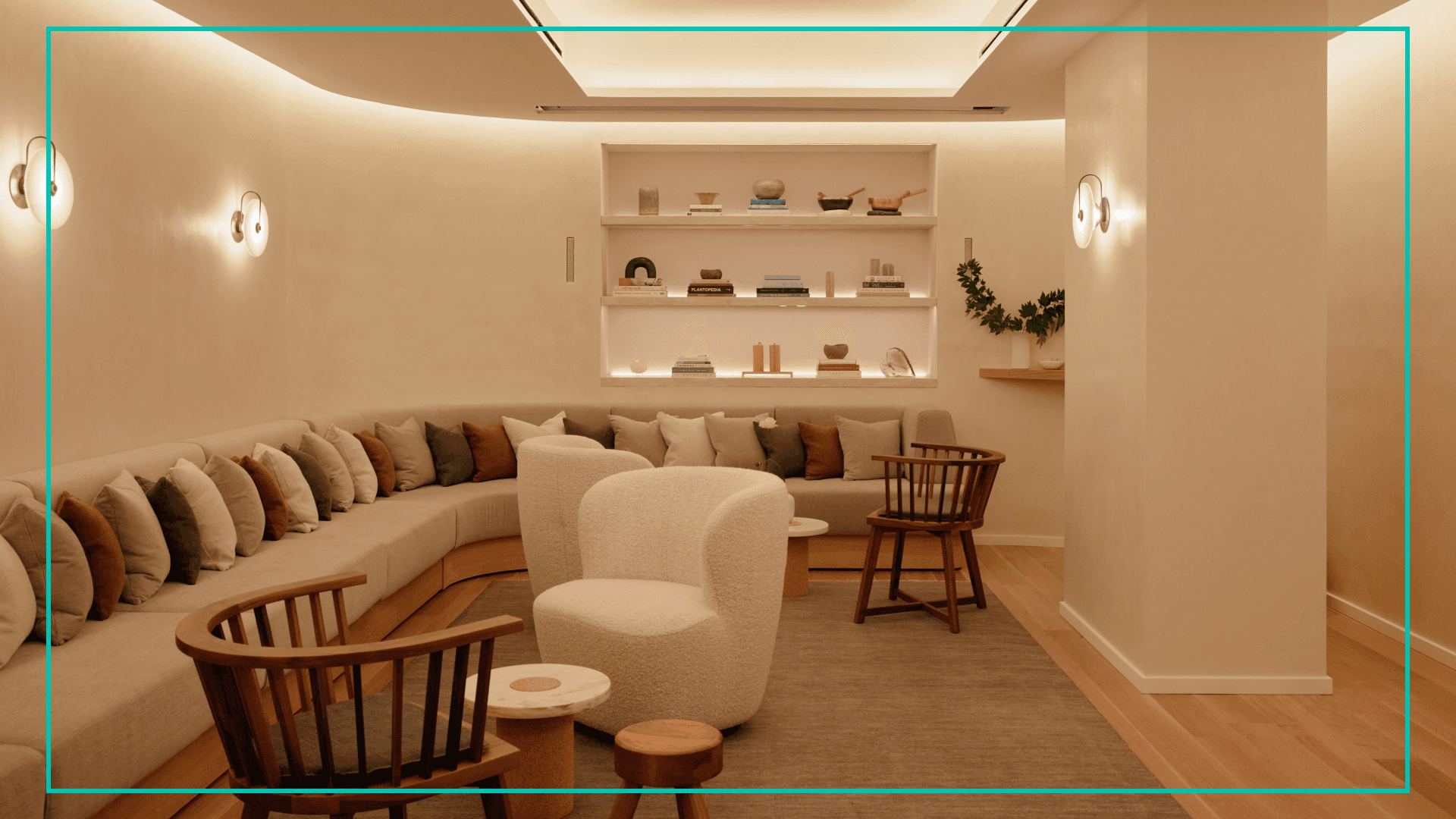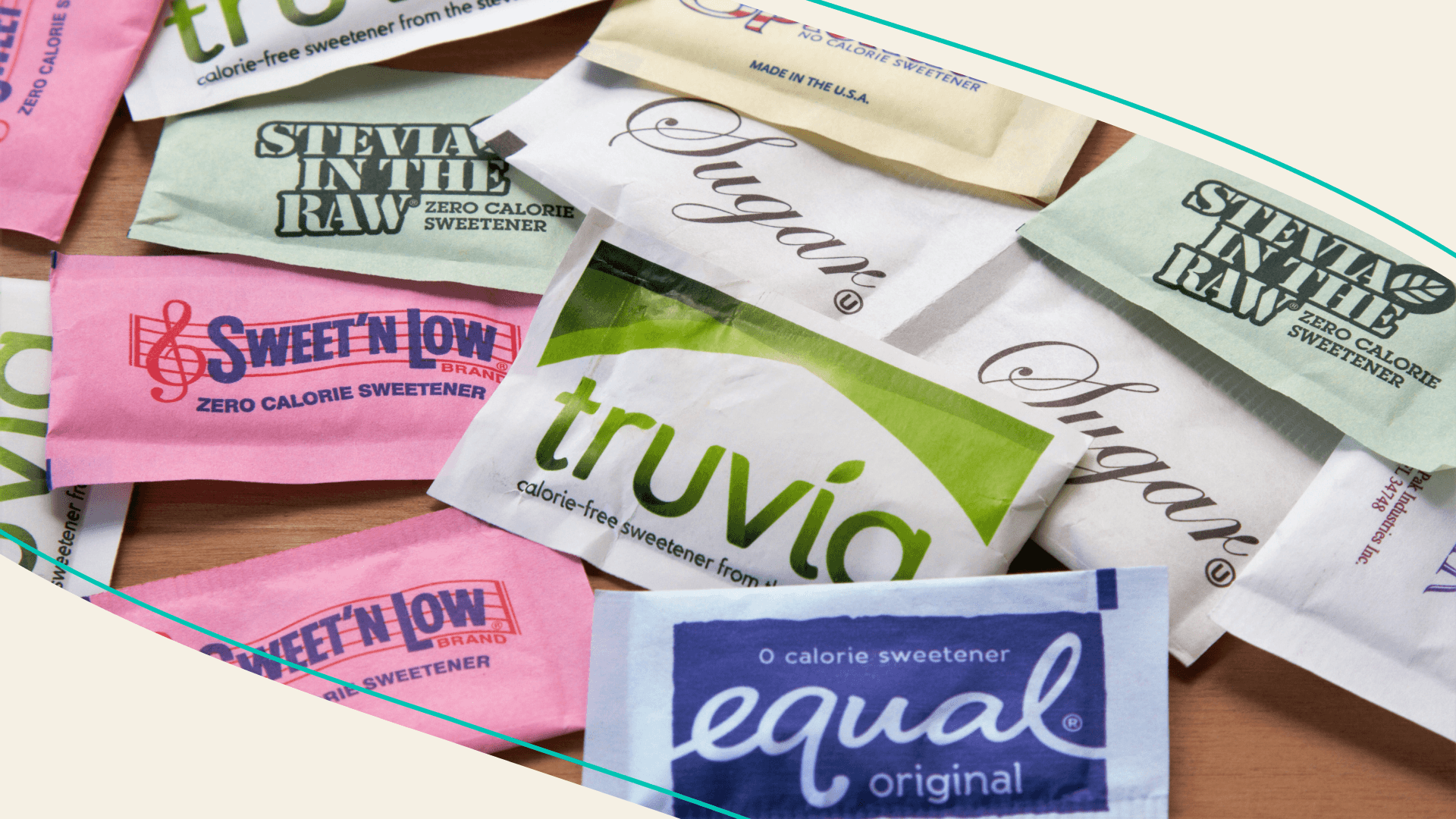For years, sugar has been positioned as public health enemy number one. So it's no surprise that sugar substitutes have become increasingly appealing. Especially the "natural” ones, like plant-derived stevia and erythritol, a sugar alcohol. But are these sweeteners actually healthier?
What does the research say?
A growing body of research suggests that fake sugars may have real dangers, including a recent study that found an association between erythritol and serious heart issues. But sugar substitutes can be challenging to study. A randomized, controlled clinical trial is the only way to prove how dangerous these compounds are (or aren't), and they’ve landed “all over the place,” said Jotham Suez, an assistant professor at the Johns Hopkins Bloomberg School of Public Health who has studied sugar substitutes.
Outside of clinical trials, Suez said plenty of studies have found associations between sweeteners and various harms (like increased food cravings and disruptions to the gut microbiome). “At this point, we can’t say that they're innocuous. There's definitely some level of risk, at least to some people,” said Suez.
So, how do fake sugars compare to the real thing?
"Beyond doubt," Suez said, the amount of sugar the average adult eats is detrimental to health, increasing the risk of chronic disease and mental health issues. But not all sugar is equal. Its harms primarily stem from added sugars versus sugars that occur naturally in fruits or whole grains. It also depends on how much sugar you eat and how fast it’s digested, said Dr. Dariush Mozaffarian, a cardiologist and professor of nutrition at the Friedman School of Nutrition Science and Policy at Tufts University.
He said that compared to naturally occurring sugar and sugar that’s added to whole foods (like sweetened nuts), added sugars in sodas and ultra-processed foods are digested rapidly. This causes more dramatic spikes in blood sugar, which can lead to insulin resistance over time. “If you’re drinking or eating tons of high-dose, fast sugar, then [sugar substitutes] might be a better alternative,” Dr. Mozaffarian said. A doctor may also recommend these sweeteners to people with diabetes.
theSkimm
Considering the downsides of added sugar, plus the concerns swirling around sugar alternatives, what’s a sweet-toothed girl to do? The unsatisfying consensus is to practice moderation: Most people would benefit from trying to limit how much real sugar and sugar substitutes they eat. But never underestimate the sweet, sweet pleasure of enjoying a cupcake.
And Also...This
If it feels like allergy season started early…
What migraine sufferers have to look forward to...
This new FDA-approved nasal spray, expected in pharmacies by this summer.
Which clothing line is raising awareness of Latinx mental health…
Educated Chola. Porque Latinxs tienen “muchos feelings” también.
Before you cancel plans (again)...
When working out gets boring…
Peer Reviewed

Serena McNiff, a writer for Skimm Well, attended Sage + Sound’s “Sound Experience” class ($55 for one hour) in New York City. Here’s what she had to say about it.
It’s well-known that sound and music can change our mental state. Sound baths have been around for centuries but have gained popularity in the last several years. They use specific frequencies and rhythms to induce calm. And I certainly felt calm on a recent Wednesday evening after I attended the sound experience class, which I would describe as a sound-inspired rest. Like one of those half-asleep dozes you can only get on a beach vacation, listening to the ocean waves.
Sage + Sound conducts its sound baths in a warm, oval-shaped room with soft lighting and human-sized mats lining the floor. ‘Is this what being in a womb feels like?’ I asked myself. About 10 others filtered in, making it a slightly crowded womb room. I settled into my mat, equipped with a heavy blanket and eye covering. The instructor began to lead us through slow inhales and exhales. A rainstick and singing bowl got going and drowned out my usual spiral of thoughts. I admit it: At some point, I passed out. But perhaps that was proof of concept — you let go enough to snore in a room full of strangers.
This content is for informational and educational purposes only. It does not constitute a medical opinion, medical advice, or diagnosis or treatment of any particular condition.
Subscribe to Skimm Well
Sign up here to receive our wellness newsletter filled with actionable advice, expert-vetted content, product recs, and more — delivered directly to your inbox.
